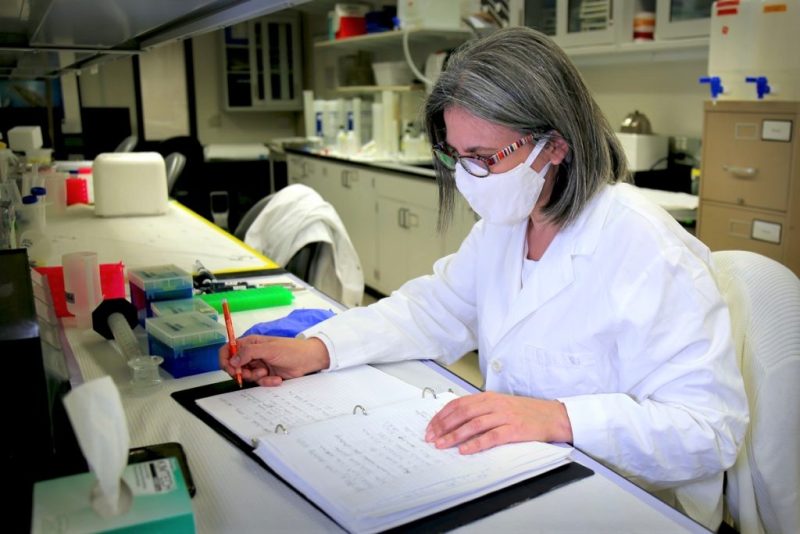
A team of Virginia Tech researchers across multiple disciplines has received a $1.4 million grant from the National Institutes of Health (NIH) to investigate tumor development within a natural environment.
With vital backing by the NIH, the study could provide information key to unravelling the mystery of cancer evolution and, in turn, establishing more effective cancer treatments.
“This research project focuses on the early evolution of cells after they double their genome. It is believed that many cancer cells go through this genome doubling during their evolution,” said Daniela Cimini, a professor from the Department of Biological Sciences in VT’s College of Science. “We don’t know what happens in between the time the cancer cells double their genome and proliferation of a tumor.”
The unnatural genome doubling, called tetraploidization, is thought to be an intermediate step toward aneuploidy, or abnormal chromosome numbers. Instead of the usual 46 chromosomes, the cells feature at least one less or one too many chromosomes. Cancer cells almost always display the multiple chromosome characteristic.
These extra centrosomes may play a pivotal role in cancer development, but they were also found to disappear in standard cell culture conditions outside a living organism. The Cimini research group documented this in a prior study.
“In contrast to a petri dish, other factors within a living organism may change the extra centrosomes’ behavior to promote tumor development,” said Cimini, who is also co-director of the BIOTRANS program within the Fralin Life Sciences Institute.
Her team’s current research aims to solve the mystery of the disappearing centrosomes while studying the tumor microenvironment.
“Think of the tumor tissue as an ecosystem. The cancer cell really doesn’t exist by itself, but it exists in the context of this ecosystem,” said Scott Verbridge, a professor from VT’s Department of Biomedical Engineering and Mechanics in the College of Engineering. “The development of malignant cancer is really characterized by tumor cells adapting to a very stressful tissue environment,” Verbridge said. “The hope is that when you understand the dynamics of how the tumor cell becomes like it does in vivo, you then might be able to identify weak points or ways of targeting the cancer cell.”
If scientists and medical professionals know what is important for tumor progression, they may know what weak points to target for future cancer treatments beyond just killing the cancer cells.
Traditional cancer therapies, although sometimes successful, involve toxic drugs that can also damage healthy cells and not affect the remaining, more lethal cancer cells.
“For the ovarian cancer cells, you kill some off and the others develop strategies to avoid toxicity,” said Eva Schmelz, a collaborator in the project, professor from the Tech’s Department of Human Nutrition, Foods and Exercise in the College of Agriculture and Life Sciences and an affiliated faculty member of the Fralin Life Sciences Institute. “For one, that has a lot of side effects, but it’s also not that successful. Developing strategies to treat them earlier would be much better.”

